Sexual assault survivor Olivia DeRamus launches Restless Network –a new app to help other women.
By Heather Newgen
At the age of 19, Olivia DeRamus was sexually assaulted on her college campus. After filing a complaint with the American university, her attacker sued her for defamation, claiming millions of dollars in damages. Although an adjudicator ruled her in favor, the man took the case to court, which dragged on for years. During this time, DeRamus was legally forced not to talk about the situation and felt silenced. As a result, she came up with the idea to create a place for women’s voices to be heard and offer resources for sexual assault. She is speaking out about her story and exclusively talked to The Voluntourist.
The Voluntourist: What inspired you to start Restless Network?
Olivia DeRamus: Restless is intended to empower women through information and connection as well as provide a platform for women to tell their stories. For most of my adult life, the person who sexually assaulted me in college was suing me for defamation. During this time, I was extremely isolated and had trouble finding help. I had always been a big fan of traditional women’s publications but when I experienced these difficult life events, I realized that these publications didn’t necessarily provide the information I truly needed to find empowerment again. I also couldn’t help but think of how there are endless apps for dating, but no real safe space to reach out to other women online. No one wants to talk about their mental health in an Instagram comment that’s open for any troll to see! So I really envisioned the Restless Network as a new type of product that goes beyond the traditional publication model. Still providing actually helpful resources and articles, but also providing a space for the members of our community to use their voice and ask for advice in a way that feels safe and supported.
The Voluntourist: Did you feel there was a lack of resources for women?
Olivia DeRamus: Absolutely. And I also felt that the resources that are there, while well meaning and are often helpful, aren’t very engaging or inviting. When you’re going through something terrible like sexual assault, would you rather scroll through Google search or turn to a space that’s been created to make you feel comfortable and embraced? And there are also a lot of questions that I don’t think traditional publications are willing to discuss. Finding pleasure after trauma, or how to tell your parents what happened to you are some examples. And maybe a corporate, male led publishing company doesn’t recognize those issues, but we do. And I think that’s really important in creating a true resource for women.
The Voluntourist: You have so many amazing contributors to Restless how did you decide who to join the network? Were you a fan before you asked them to contribute?
Olivia DeRamus: I think I got really lucky with people reaching out to me! Before I started Restless, I was working in non profits and finishing my undergrad. I wasn’t really tapped into the zeitgeist and so I was just really excited to get as many voices involved as possible. I never wanted it to be just my perspective. Especially as for a while I didn’t have the ability to express myself at all. The women and non-binary folks who contributed at the beginning were allowing me an opportunity to say something by publishing their words, and that was really wonderful. Ultimately, if someone has a story to tell or an ability to help the Restless community, I’m excited to work with them! Our contributors are such a talented and caring group of people, and I feel really lucky to work with them.
The Voluntourist: What has the response been like since the Restless Network app launched?
Olivia DeRamus: The response has been overwhelmingly positive, which is just a dream come true. A lot of entrepreneurs will know that feeling of working for months on a project, all the while unsure if anyone will care! Happily, people do care and are actually already benefiting from it, which is our ultimate mission achieved. In just two weeks we reached over 1,100 active users, and it keeps growing day by day. Seeing members opening up across all our community feeds, from bad breakups to quarantine stress, and actually receiving really thoughtful advice and help from other women going through similar experiences, never stops being beautiful to me. Today someone even told me they’ve made friends after moving to London alone, just by using the app!
The Voluntourist: What would you like users to gain from joining Restless Network ?
Olivia DeRamus: My hope is that users are able to find a community that they feel safe and heard in. In an increasingly isolated world, with the female experience often being isolating in itself, I think it’s really important to have a way to stay connected to others no matter what 2020 and beyond throws at us. I also hope that if they have a problem, whether it has to do with mental health, sex & relationships, work and money, or #metoo related issues – that they’ll be able to turn to the app for a resource that can help them. In short, I want them to be empowered by their interactions with other members and the content we provide. Restless is what I wish I had access to when I was younger and looking for support, so I hope that it helps others going through similar experiences.
For more information visit www.restlessmagazine.net.


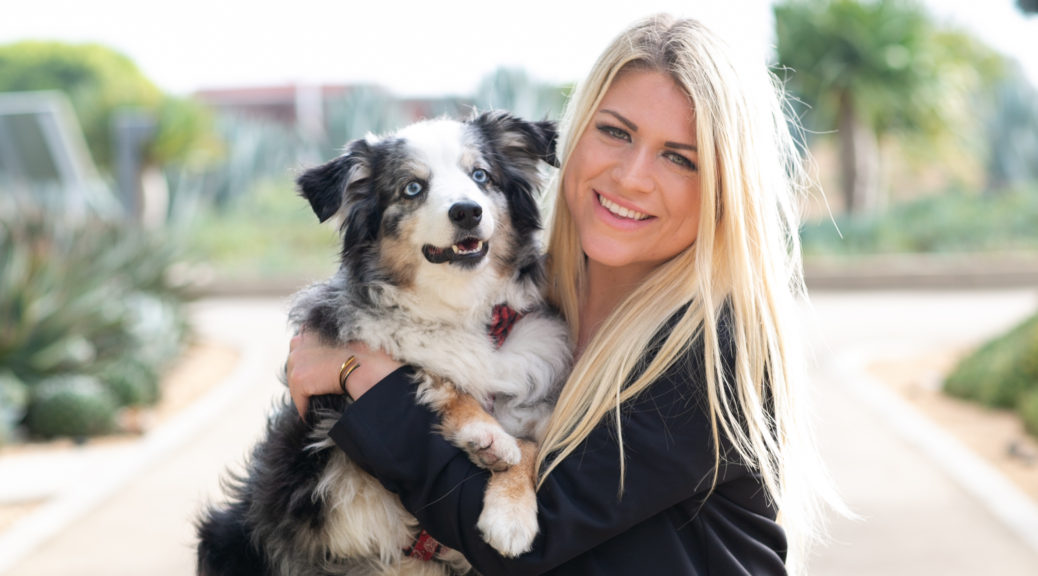
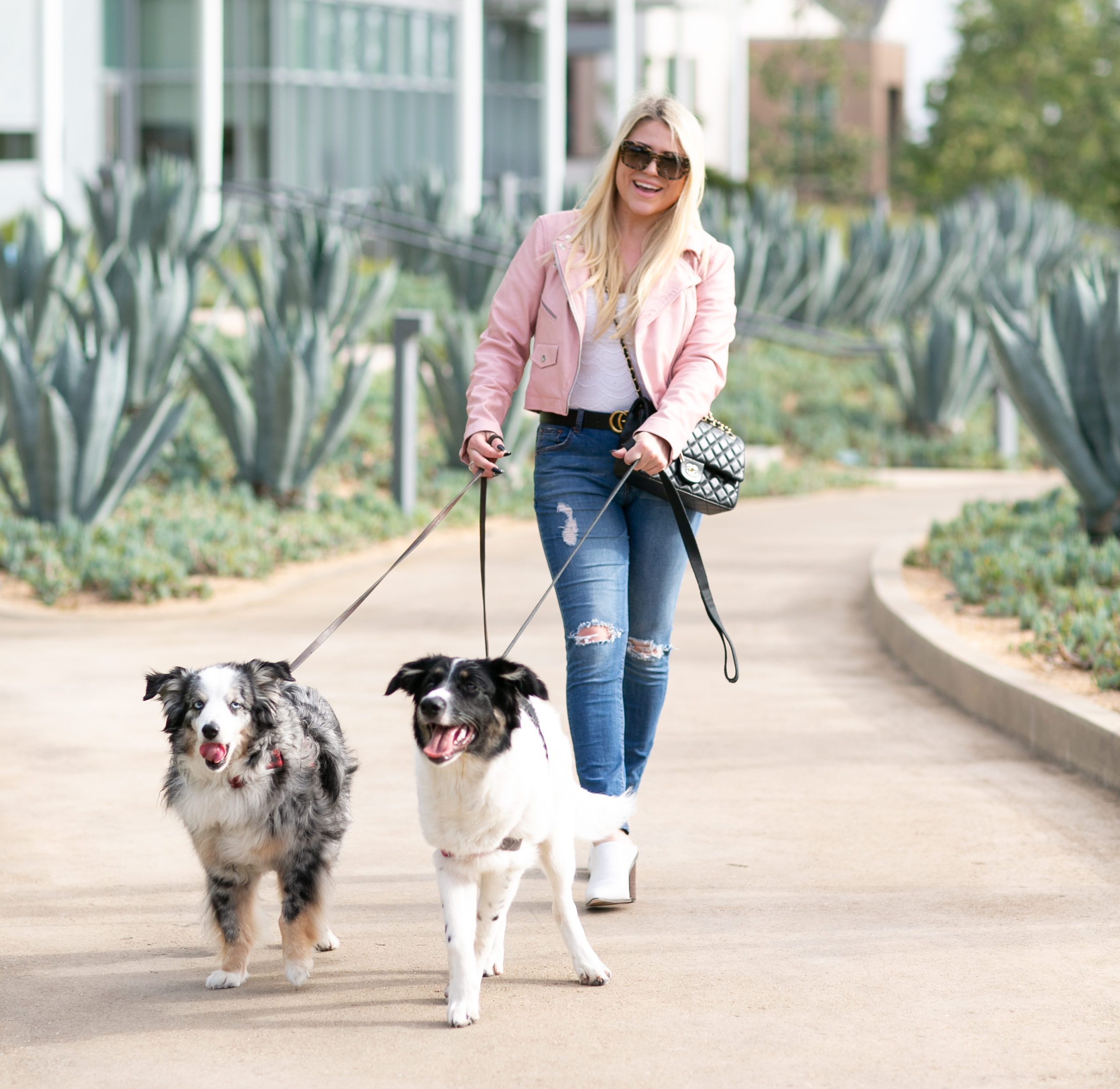
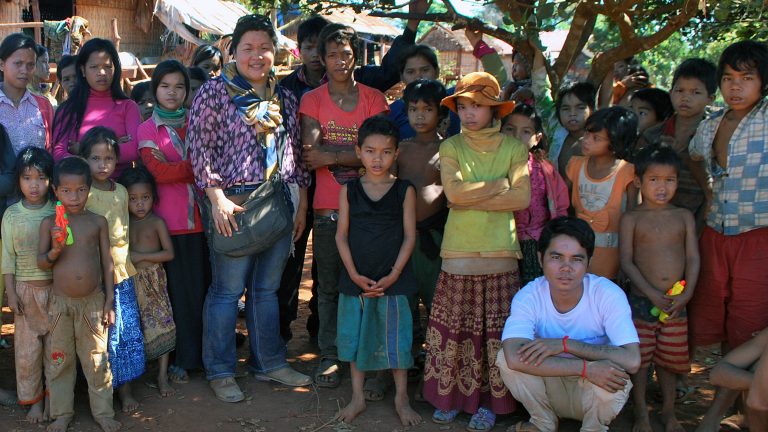
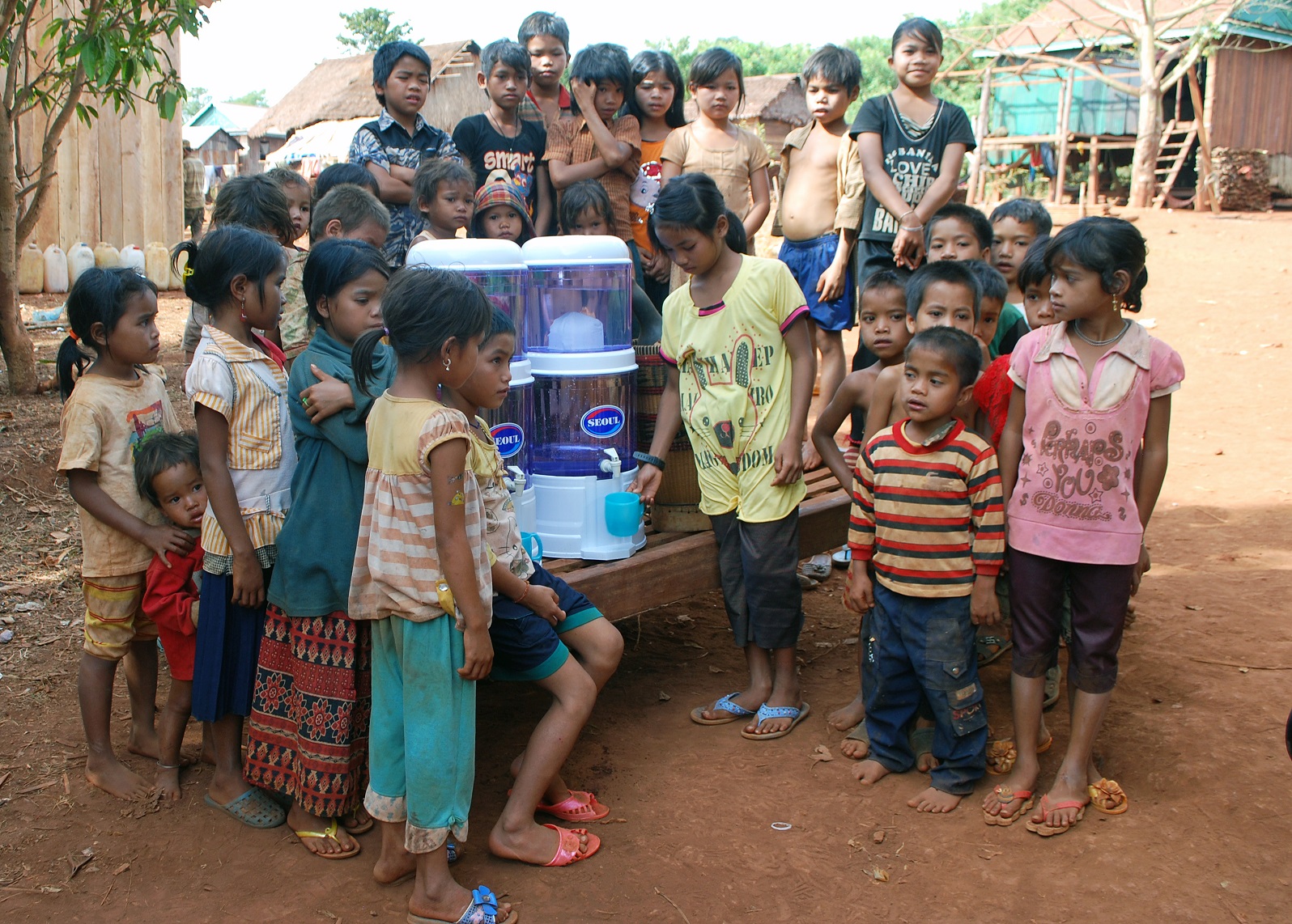 Cambodian genocide survivor Sunchea Phou delivers needed supplies to Cambodia
Cambodian genocide survivor Sunchea Phou delivers needed supplies to Cambodia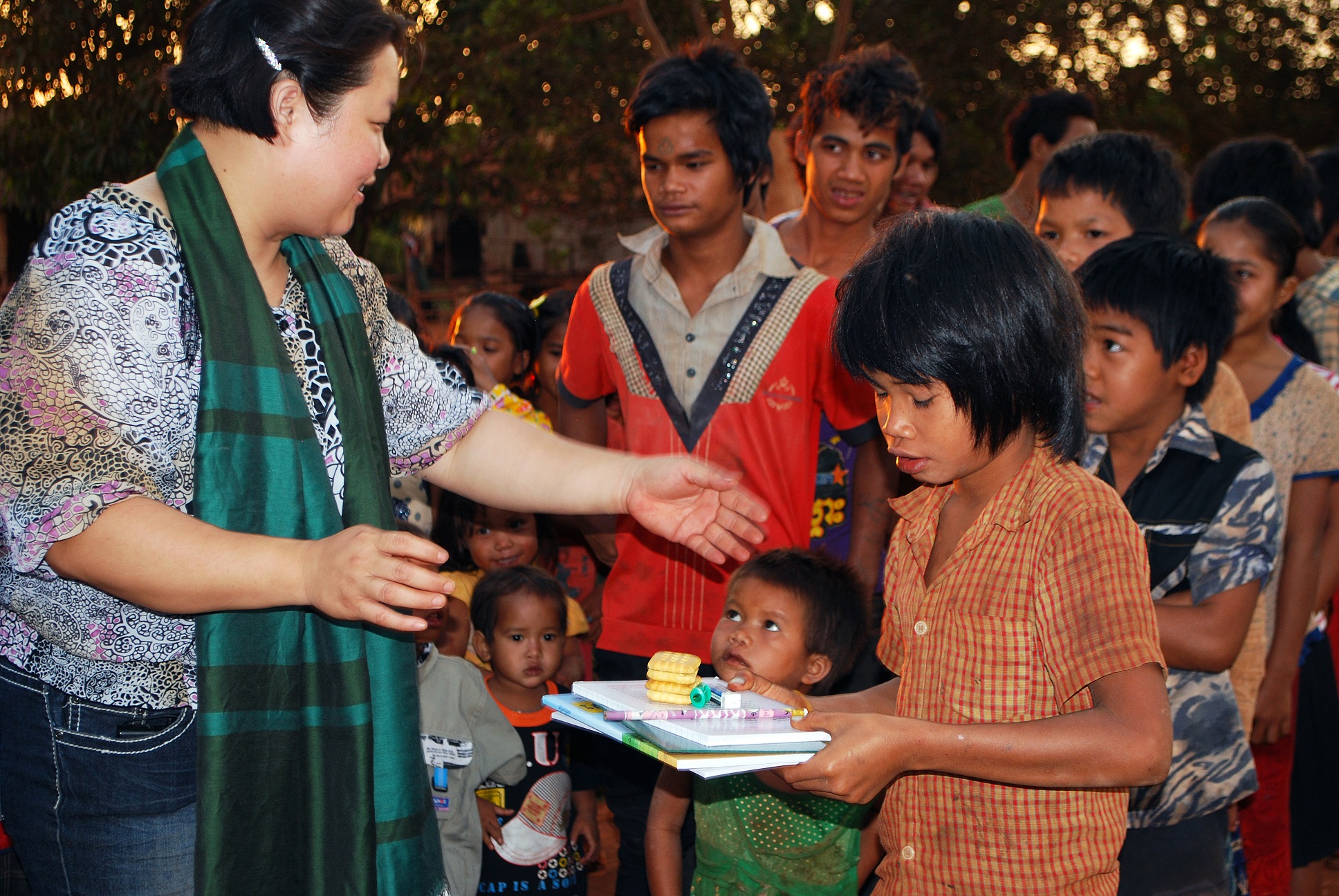 Cambodian genocide survivor Sunchea Phou delivers needed supplies to Cambodia
Cambodian genocide survivor Sunchea Phou delivers needed supplies to Cambodia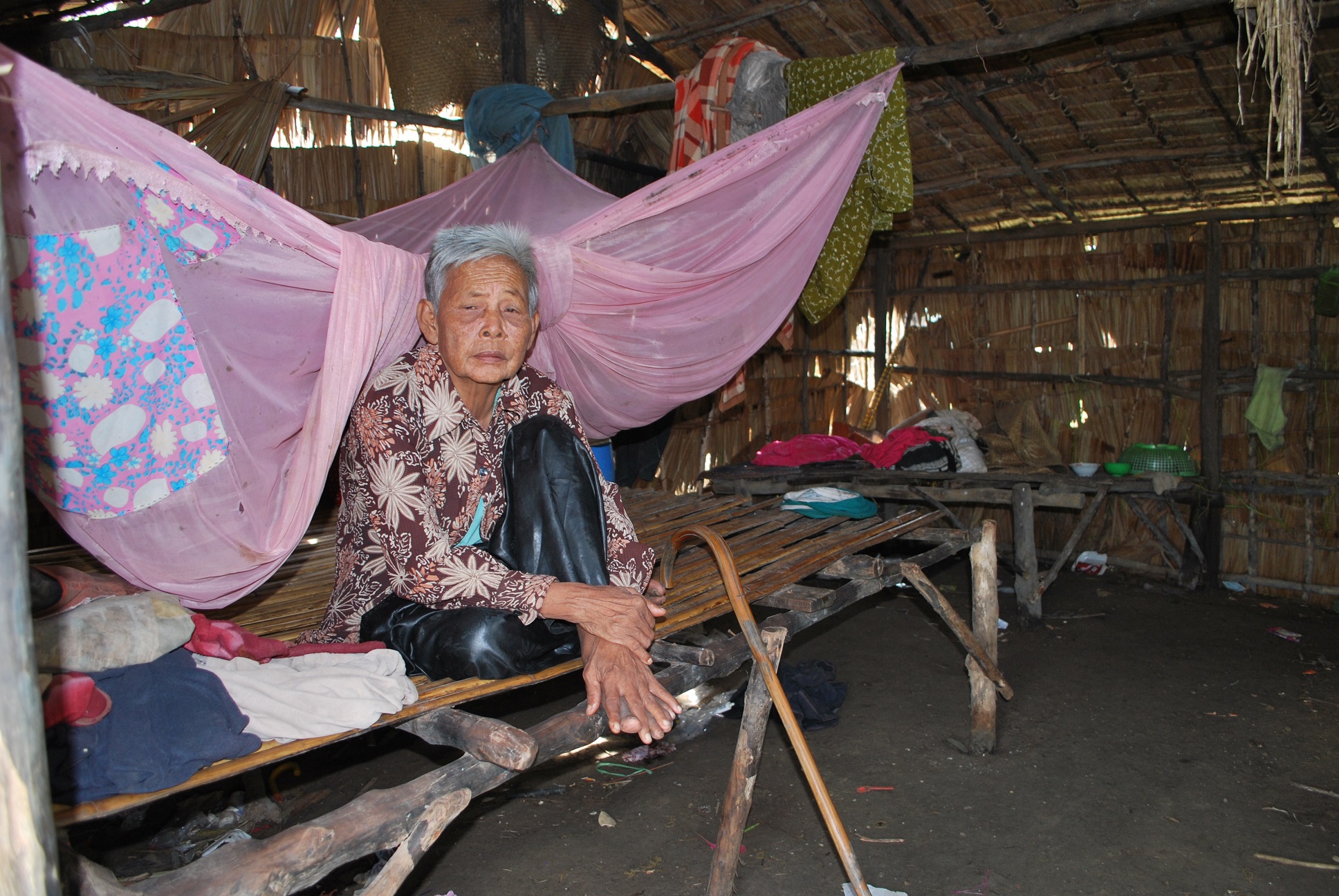 Cambodian genocide survivor
Cambodian genocide survivor